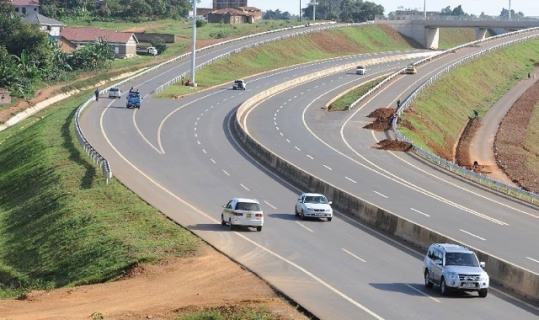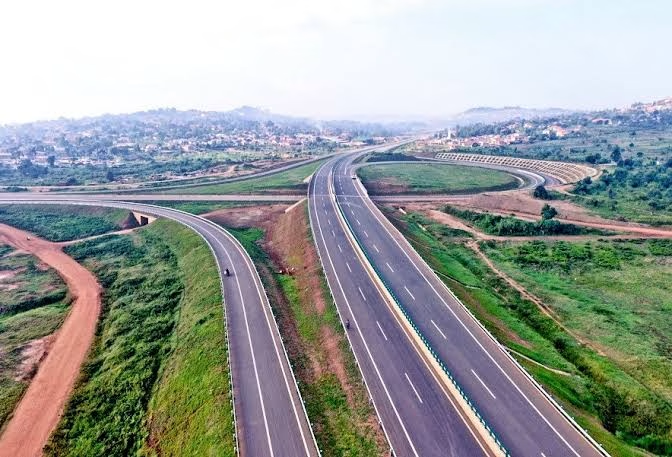The East African Community (EAC) officials from the governments of Kenya and Uganda and the African Development Bank (AfDB) have met to discuss financing for the 193-kilometre Kenya-Uganda Multinational Expressway that will connect the two countries.
Officials are engaging in a two-day Market Sounding Conference that is being held in Kampala, Uganda. This conference began on Monday, October 20, and will run through Tuesday, October 21.
Furthermore, the event brought together a variety of stakeholders for the project. These stakeholder include government representatives, development partners, investors, and private sector leaders to explore viable funding options for the Kenya–Uganda Multinational Expressway.
Factsheet
Length: Approximately 193 kilometres
Goal: To enhance regional trade, improve transport efficiency, and foster cross-border integration along the Northern Transport Corridor.
Project scope: Includes upgrading and expansion works, with sections planned to be converted to dual carriageways (four-lane). The general standard is Class II bitumen.
Development model: Planned to be developed through a Public-Private Partnership (PPP) model, with the possibility of tolling.
Financing: The project is supported by the East African Community (EAC), the Governments of Kenya and Uganda, and the African Development Bank (AfDB), which funded the feasibility studies.
The expressway project will connect Kisumu–Busia in Kenya to Kakira–Malaba in Uganda.
Furthermore, key border posts that are located at Busia, Malaba, and Lwakhakha will be upgraded to modern One Stop Border Posts (OSBPs). Therefore, this upgrade will facilitate smoother movement of goods and people across the region.
By addressing missing links along cross-border routes, EAC stated that the expressway project enhances market access for producers. Additionally, the body revealed that the project lowers transport costs for businesses. Also, it brings the EAC closer to realizing a single connected market.
Significance of the Project
The project is expected to create jobs for youth and women, enhance road safety, reduce travel time and emissions and attract investment through PPPs.
Additionally, as part of the Northern Transport Corridor, the multinational expressway aims to boost regional trade and improve transport efficiency. Also, it is expected to promote cross-border integration.

Furthermore, the conference will see participants review detailed feasibility studies for the project which will cover traffic forecasts, engineering designs, and environmental and social assessments, as well as the Bankability Report outlining viable public-private partnership financing models.
The conference is expected to generate strong interest from investors and financiers, providing a platform for constructive feedback on the project’s design, feasibility, and financing models.
It will also foster consensus on sustainability, inclusivity, and strategies to mitigate potential environmental and social impacts.
Which Route will the Expressway Pass
The construction of the new expressway will begin in Kisumu, weaving through key towns including Kisian, Mamboleo, Chiga, and Rabuon.
From there, it stretches toward Busia, linking vital border towns such as Busitema and Malaba before crossing into Uganda.
Once in Uganda, the route passes through Tororo, Korosiondet, Bumbobi, Malakisi, and Lwakhakha, eventually reaching Mbale and connecting to Jinja.
Public Private Partnership Model to be Adopted
The expressway is expected to be constructed through a Public Private Partnership (PPP) with the potential introduction of toll fees for those who use the road.
Designed as a smart corridor, the expressway goes beyond transport; it integrates digital technology, social inclusion, and sustainability.
Other Multinational Road Projects in East Africa
Kenya’s government sought to secure a Ksh72 billion loan from China. This loan will be utilized by Kenya for the construction of major roads projects. The road project are inclusive of the 124-kilometre Kenya-Tanzania Road.
The development of such multinational roads in the roads are expected to be a game changer in the region. This is because they will promote trading activities and promote economic integration.

